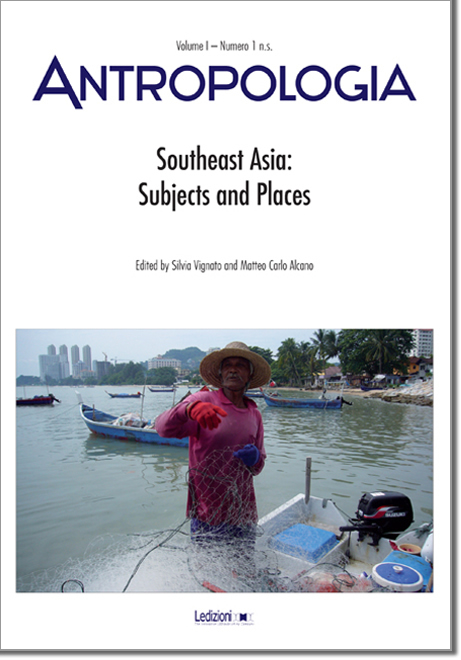Planning Urban Development from an Outsider’s Perspective: Siem Reap, the Backdrop of Changing Urban Representations
DOI:
https://doi.org/10.14672/ada2014259%25pParole chiave:
urban planning, world heritage, international cooperation, Siem ReapAbstract
This article explores the internationalization of urban planning in Siem Reap, the town situated as the gateway to the Archaeological Park of Angkor. After Angkor was listed as a World Heritage Site in 1992, international donors and consultants have been involved in the management of Siem Reap Province, where the archaeological park is located. Not only have they been engaged in the conservation and the enhancement of the archaeological heritage, but they have also planned the future development of nearby Siem Reap. Foreign consultants, coming from Europe and East Asia, have tried to determine what the best suitable models and tools for the urban development of Siem Reap should be, while tourism development and foreign investments were constantly growing. No planning proposal implemented has been completely successful but, several teams of international consultants have carried out new plans that acknowledged the evolution of the urban context. In this article, I question the representation of urban space formulated by these plans and the way they were constructed by consultants coming from different cultural backgrounds and having specific objectives. The article describes how Siem Reap’s built heritage and recent urban phenomena are perceived and analyzes how internationally shared notions and principles (e.g., the discourse of “sustainable development”) influence the imagination of future urban development. Faced with the failure of this series of plans, Siem Reap appears to be the backdrop to where evolving urban imagination takes place.##submission.downloads##
Pubblicato
2014-11-11
Fascicolo
Sezione
Articoli
Licenza
- Gli autori mantengono i diritti sulla loro opera e cedono alla rivista il diritto di prima pubblicazione dell'opera, licenziata sotto una Licenza Creative Commons - Attribuzione che permette ad altri di condividere l'opera indicando la paternità intellettuale e la prima pubblicazione su questa rivista.
- Gli autori possono aderire ad altri accordi di licenza non esclusiva per la distribuzione della versione dell'opera pubblicata (es. depositarla in un archivio istituzionale o pubblicarla in una monografia), a patto di indicare che la prima pubblicazione è avvenuta su questa rivista.




